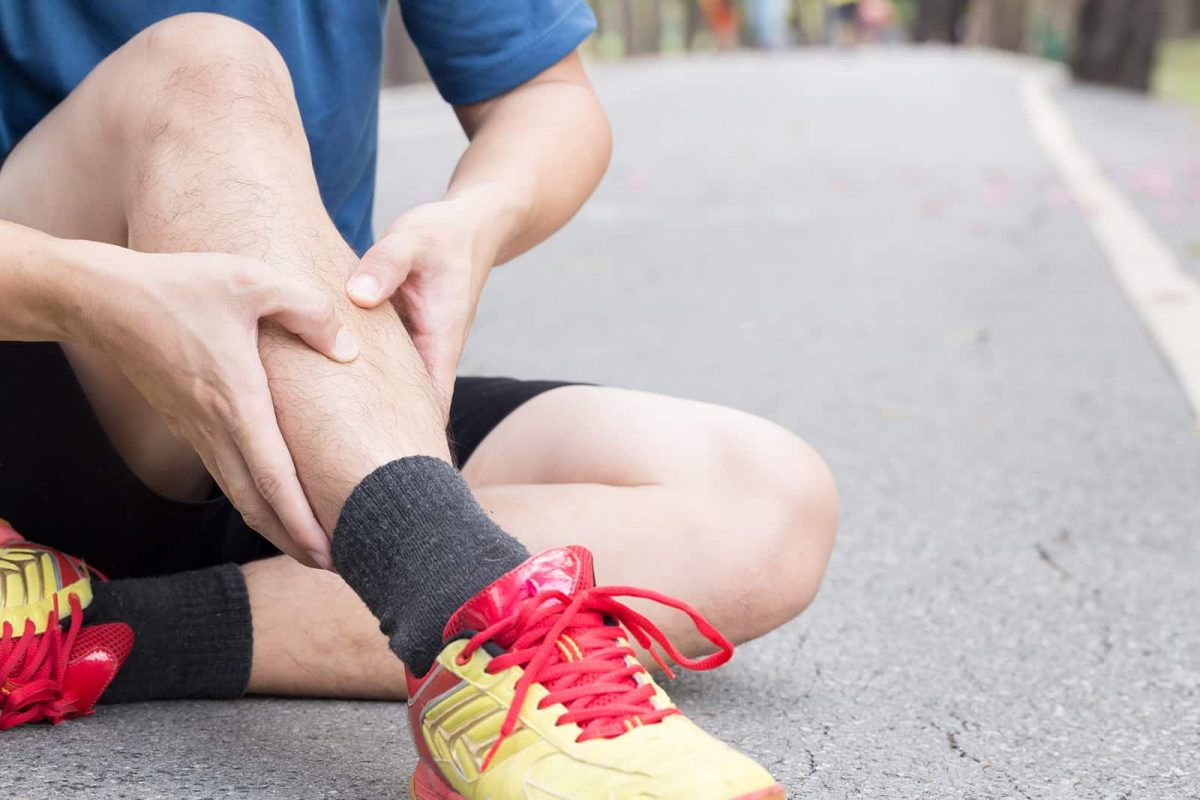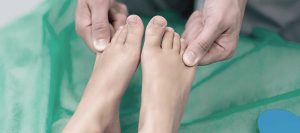
If you’ve ever experienced shin splints, you know how painful they can be.
This common condition often afflicts runners and others who suddenly start putting a great deal of stress on their legs.
Fortunately, shin splints are not typically serious so long as they are not allowed to progress, and those who experience them can take simple steps to resolve the issue.
What Exactly Are Shin Splints?
Your shin bones (tibias) run down the front of your legs below the knees. Shin splints, also called medial tibial stress syndrome, refer to pain that develops up and down the tibia.
What Causes Shin Splints To Occur?
Repetitive stress on the shins is the culprit behind shin splints. That is why the condition frequently develops in runners or athletes who change or intensify their workout regimens.
This increased stress and activity overwork the muscles, tendons, and connective tissues in and around the shins.
In addition to runners and athletes, shin splints are also common among those in military training, individuals with flat feet or high arches, and people who run on uneven terrain or hard, unforgiving surfaces.
Treating The Pain, Soreness and Discomfort
Pain is the most prominent symptom of shin splints.
Soreness, tenderness, and discomfort along the inner side of the shinbone, as well as some minor swelling in the lower leg, often accompany shin splints.
In most cases, the pain subsides once the exercise or activity that caused the shin splints ends.
However, the pain can become continuous in some cases, eventually leading to a potential stress fracture.
How Can I Treat Shin Splints?
Rest, icing your shins, and over-the-counter pain relievers will take care of the pain of shin splints in most cases.
Refrain from the high impact activities that lead to pain and instead try lower-impact exercises like swimming, cycling, or elliptical machines.
Apply ice packs surrounded by a washcloth to your shins for 15-20 minutes at a time several times a day.
And don’t hesitate to take pain relievers such as ibuprofen (Advil, Motrin IB, others), naproxen sodium (Aleve), or acetaminophen (Tylenol).
How Can I Avoid Shin Splints?
You can take several preventative steps to minimize the likelihood of developing shin splints:
- Don’t overdo it. If you run too much for too long or engage in high-impact activities for extended periods, that will overload your shins and cause splints.
- Wear good shoes and ditch old ones. If you frequently run, replace your shoes about every 350 to 500 miles.
- Add arch supports. Arch supports can help prevent the pain of shin splints, especially if you have flat arches.
- Try lower impact activities, such as swimming, walking, or biking.
- Start strength training. You can get your legs ready for higher impact activities by doing exercises to strengthen and stabilize your legs, ankles, hips, and core.
Your Hollywood, Florida Foot and Ankle Specialists
At JAWS Podiatry, we utilize the most advanced and non-invasive techniques to reduce pain and speed recovery for individuals suffering from foot and ankle problems.
If you’d like to learn more about the innovative and effective treatments we provide or how we can help you with your foot and ankle issues, please call us today or call (954) 922-7333 to schedule a consultation.
- The Life-Changing Power of Cosmetic Foot Surgery - February 27, 2023
- What Are The Most Common Pediatric Foot Conditions? - October 5, 2020
- 4 Important Things To Know Before Having Foot Surgery - September 21, 2020



